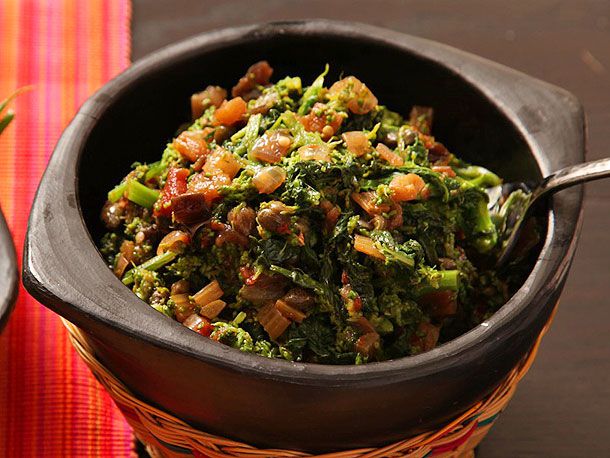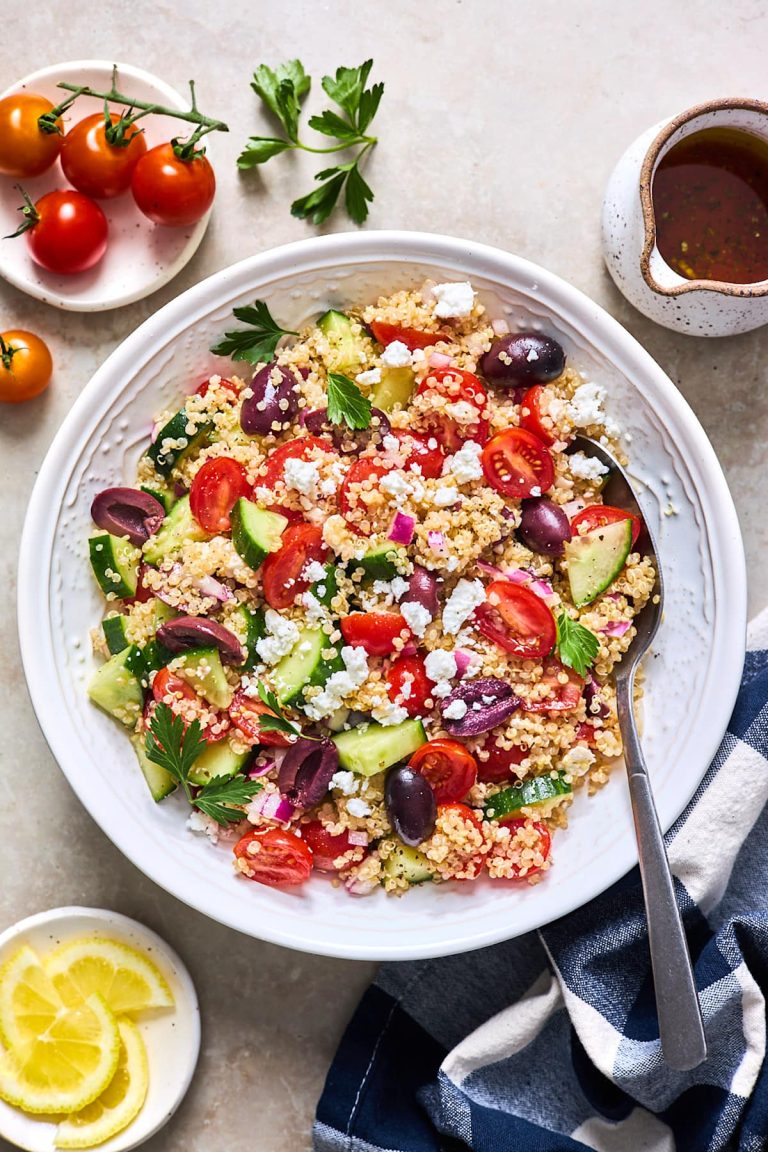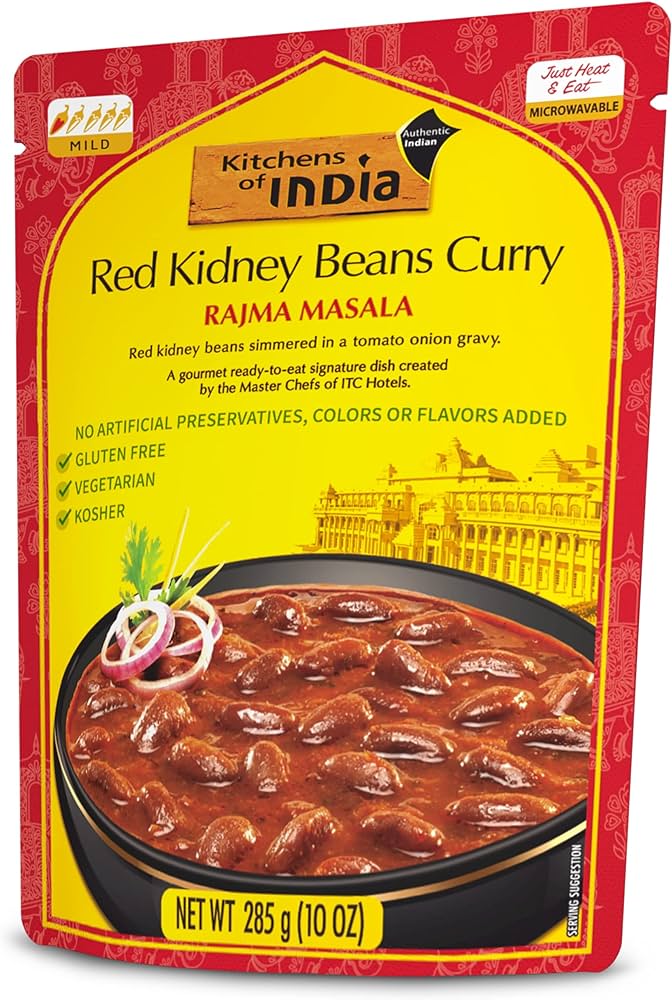Siopao: Traditional Filipino Steamed Buns Explained
Siopao, also known as Filipino steamed buns, traces its origins to Chinese cuisine. Hokkien immigrants introduced these buns, resembling China’s “baozi”, to the Philippines in the early 19th century. These steamed buns quickly became a staple, blending seamlessly with Filipino culinary traditions. Siopao holds cultural significance in the Philippines and often appears in celebrations and everyday meals, symbolizing a fusion of Chinese and Filipino heritage. Restaurants and street vendors alike serve Siopao, making it a ubiquitous part of Filipino street food culture.
Evolution of Siopao Recipes
Siopao recipes have evolved over time, adapting to local tastes and ingredients. Initially filled with traditional Chinese-style pork, Filipino cooks began experimenting with different fillings such as chicken asado, beef, and even vegetarian options. The dough also saw changes, with some recipes incorporating sweet, savory, or spicy flavors to cater to diverse preferences. Modern variations include Siopao filled with adobo, a popular Filipino dish. These innovations showcase the culinary creativity inherent in Filipino cuisine while preserving the essence of the beloved steamed bun.
Key Ingredients for Siopao
Dough Preparation Essentials
Flour, yeast, and sugar make up the base components for Siopao dough. You’ll use all-purpose flour to give the dough its structure. Yeast initiates fermentation, allowing the dough to rise and achieve a light, fluffy texture. Sugar aids yeast fermentation and adds a slight sweetness.
Water binds the dry ingredients, and oil, usually vegetable oil, adds softness. Baking powder acts as a secondary leavening agent, ensuring the dough rises properly and remains airy. Salt enhances flavor while maintaining the dough’s integrity during steaming.
Common Fillings: Savory and Sweet
Siopao fillings highlight Filipino culinary creativity with a range of savory and sweet options.
- Savory Fillings:
- Pork Asado: Seasoned with soy sauce, garlic, and star anise, creating a tender, flavorful center.
- Chicken Adobo: Using vinegar, soy sauce, and bay leaves, this filling offers a tangy, savory taste.
- Beef Bola-Bola: Ground beef mixed with minced vegetables and seasoned with soy sauce and pepper for a hearty bite.
- Sweet Fillings:
- Red Bean Paste: A favorite for those who enjoy a sweet, earthy flavor.
- Custard: With a creamy texture, made from milk, sugar, and egg yolks, it creates a dessert-like experience.
- Ube (Purple Yam): Offering a distinct, sweet, and nutty flavor integral to Filipino desserts.
By understanding these essential components, you’ll appreciate the complexity and versatility of Siopao, enriching your culinary experience.
Step-by-Step Guide to Making Siopao
Mixing and Kneading the Dough
Mix flour, yeast, sugar, water, oil, baking powder, and salt. A stand mixer simplifies this process. Combine until a soft dough forms. Knead the dough for about 10 minutes until it becomes smooth and elastic. If you don’t have a mixer, use your hands to achieve the same texture. Cover the dough with a damp cloth and let it rise for 1 hour.
Preparing the Fillings
Prepare your choice of filling like pork asado, chicken adobo, or beef bola-bola. For pork asado, sauté garlic and onions, add marinated pork, and cook until tender. For chicken adobo, combine vinegar, soy sauce, garlic, and bay leaves, then simmer with chicken until cooked. For beef bola-bola, mix ground beef with onions, garlic, and seasonings, then shape into small balls and cook until done. Ensure the filling is cool before using it in the dough.
Assembling and Steaming the Buns
Divide the risen dough into equal portions. Flatten each portion into a circle. Place a spoonful of filling in the center of each circle. Fold and pinch the edges together to seal the filling inside. Place each bun on a square of parchment paper. Arrange the buns in a steamer. Steam over boiling water for 15-20 minutes. If needed, do this in batches. The buns should swell and become fluffy.
Variations of Siopao Across the Philippines
Regional Differences in Recipes
Siopao varies across regions in the Philippines in both flavor and preparation. In Luzon, pork asado and bola-bola fillings are most popular, often featuring rich, savory sauces. In Visayas, you’ll find variants like chicken adobo siopao, which incorporates the region’s love for this distinct Filipino dish. Mindanao offers unique versions that highlight local ingredients such as beef rendang, reflecting the area’s diverse culinary influences.
Innovations in Siopao Making
Modern siopao-making introduces exciting twists to traditional recipes. Various regions now offer fusion siopaos, blending international flavors like Korean bulgogi or Japanese curry with traditional Filipino techniques. Health-conscious options have also emerged, using whole-wheat flour and vegetable fillings, addressing dietary preferences without compromising on taste. These innovations keep siopao relevant in contemporary Filipino cuisine while honoring its rich heritage.
Where to Find the Best Siopao in the Philippines
Recommended Places and Street Vendors
Manila, the capital, offers numerous choices. Visit Ma Mon Luk in Quiapo for their iconic siopao. Known for its flavorful pork asado filling, Ma Mon Luk has kept its traditional taste. In Binondo, the world’s oldest Chinatown, try Eng Bee Tin for their wide variety, including special flavors like salted egg.
Cebu’s Larsian food market is a hub for street food lovers. Look for vendors with steamers to find freshly made siopao. Another notable place is Shamrock Bakery, famous for siopao that has maintained excellent quality over the years.
Davao City also boasts top spots. Check out Mandarin Tea Garden, where you can get siopao with diverse and unique fillings. Similarly, Victoria Plaza’s food court features multiple vendors offering quality options.
Tips for Tasting Authentic Siopao
Examine the dough first. Authentic siopao has a soft, fluffy texture that holds well without being sticky. If it’s sticky, it’s not up to par. Quality siopao offers a pleasant chew without being tough.
Next, evaluate the filling. Traditional siopao fillings include pork asado, chicken adobo, or bola-bola (meatball). Authentic siopao features a generous amount of filling, well-seasoned, with distinct flavors. If filling tastes bland or lacks seasoning, it’s substandard.
Lastly, check the balance of flavors. Authentic siopao should offer a harmonious blend of savory and slightly sweet tones, reflecting its Filipino-Chinese heritage. If either flavor overpowers, the balance is missing.
Conclusion
Exploring Siopao opens a window into the rich tapestry of Filipino cuisine and its historical influences. Whether you’re savoring the traditional pork asado or experimenting with regional variations you’ll find that each bite tells a story. Don’t miss the chance to visit renowned vendors in Manila Binondo Cebu and Davao City for an authentic experience. Remember to assess the dough texture and filling quality to truly appreciate the craftsmanship behind these steamed buns. Dive into the world of Siopao and let your taste buds embark on a flavorful journey.






